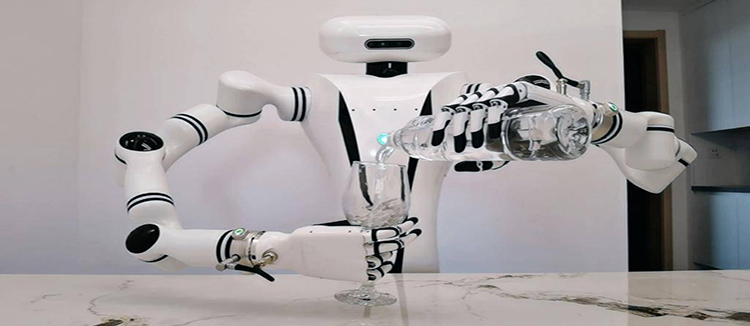The Hollow Rotating Platform: A Pivotal Component in Precision Engineering
The Hollow Rotating Platform, a critical element in the field of precision engineering, plays a significant role in various industries such as aerospace, robotics, and automation. This advanced mechanical component is designed to provide high-precision rotation and positioning, ensuring that machines and systems operate with utmost accuracy and efficiency. In this article, we will delve into the intricacies of the Hollow Rotating Platform, its applications, and the benefits it brings to modern engineering.
A Hollow Rotating Platform is essentially a circular, hollow shaft that rotates around its axis. It is engineered to support high torque and maintain precise positioning, even under heavy loads. The hollow design allows for the passage of cables, pipes, or other components through the center of the platform, which is particularly useful in applications where space is at a premium or where additional components need to be integrated into the system.
The precision of a Hollow Rotating Platform is often measured in terms of its repeatability and angular resolution. Repeatability refers to the ability of the platform to return to the same position consistently, while angular resolution is the smallest angle that the platform can accurately measure or move. High precision in these aspects is crucial for applications requiring exact movements, such as in the assembly of delicate electronic components or in the alignment of optical systems.

One of the primary applications of the Hollow Rotating Platform is in the automation industry. Here, it is used to control the orientation of robotic arms or other automated machinery. The platform's ability to rotate with high precision allows for the accurate placement of components, which is essential in high-speed manufacturing processes. This not only increases production efficiency but also reduces the likelihood of errors and defects in the final product.
In the aerospace sector, the Hollow Rotating Platform is used in satellite systems and telescopes. The platform's precision rotation capabilities are vital for maintaining the correct orientation of satellites in space and for aligning telescopes with celestial bodies. The hollow design also facilitates the integration of communication and power cables, which are necessary for the operation of these complex systems.

The Hollow Rotating Platform is also finding its way into the medical industry, particularly in the field of surgical robotics. Here, the platform's precision is used to control the movement of surgical instruments with extreme accuracy, which can lead to less invasive procedures and faster patient recovery times.
Maintenance and durability are also key considerations when it comes to the Hollow Rotating Platform. These platforms are often built with high-quality materials such as stainless steel or aluminum to ensure long-lasting performance and resistance to wear and tear. Regular maintenance, including lubrication and inspection for wear, is essential to keep the platform operating at peak efficiency.
As technology continues to advance, the Hollow Rotating Platform is expected to play an even more significant role in precision engineering. With the demand for higher precision and more complex movements in various industries, the Hollow Rotating Platform's capabilities will be in high demand. Engineers and designers are continually innovating to improve the performance and reliability of these platforms, ensuring that they meet the stringent requirements of modern applications.
In conclusion, the Hollow Rotating Platform is a versatile and essential component in the world of precision engineering. Its ability to provide high-precision rotation and positioning, along with its hollow design for cable or pipe integration, makes it an indispensable part of many advanced systems. As industries continue to evolve and demand higher levels of precision, the Hollow Rotating Platform will undoubtedly remain at the forefront of technological advancements.











